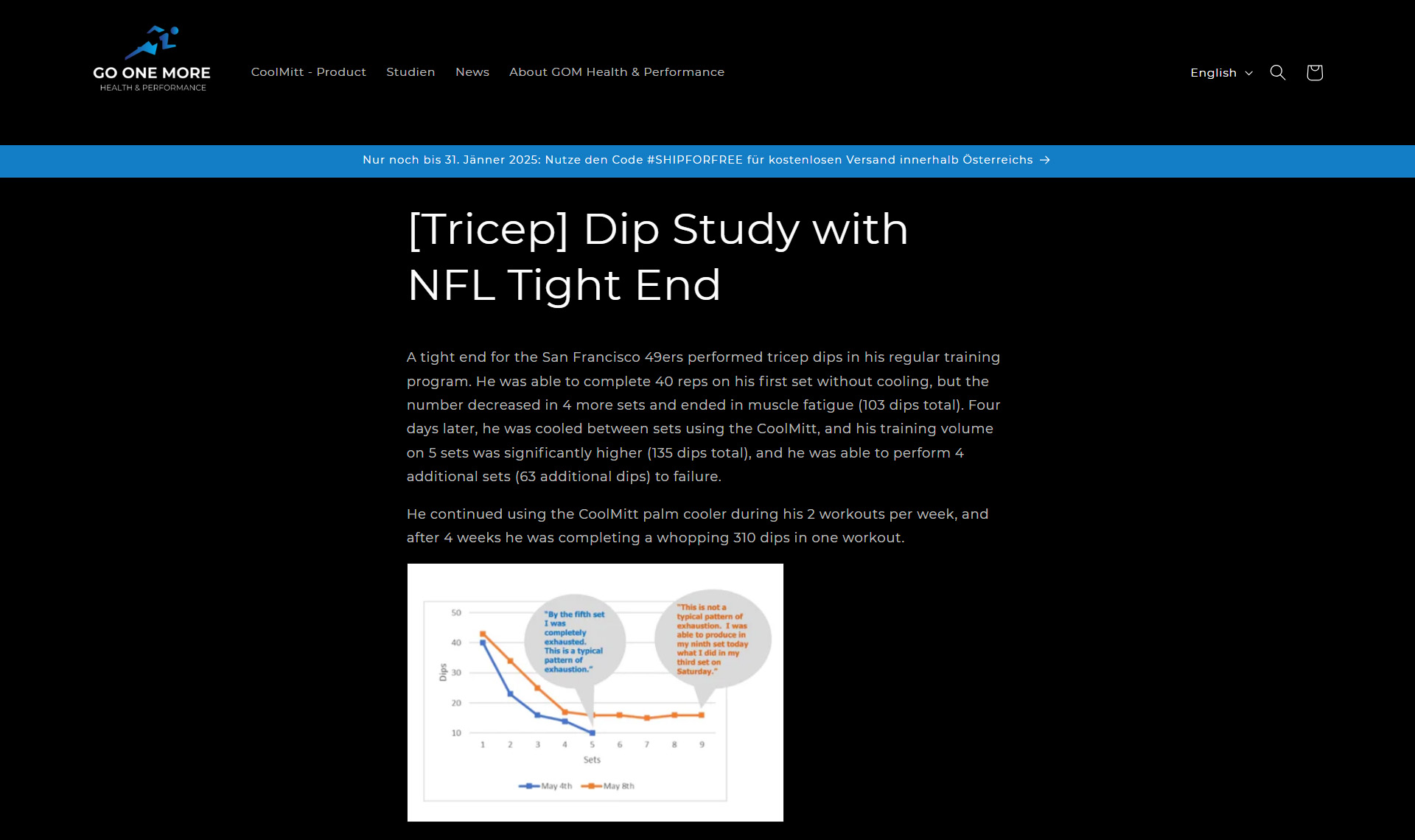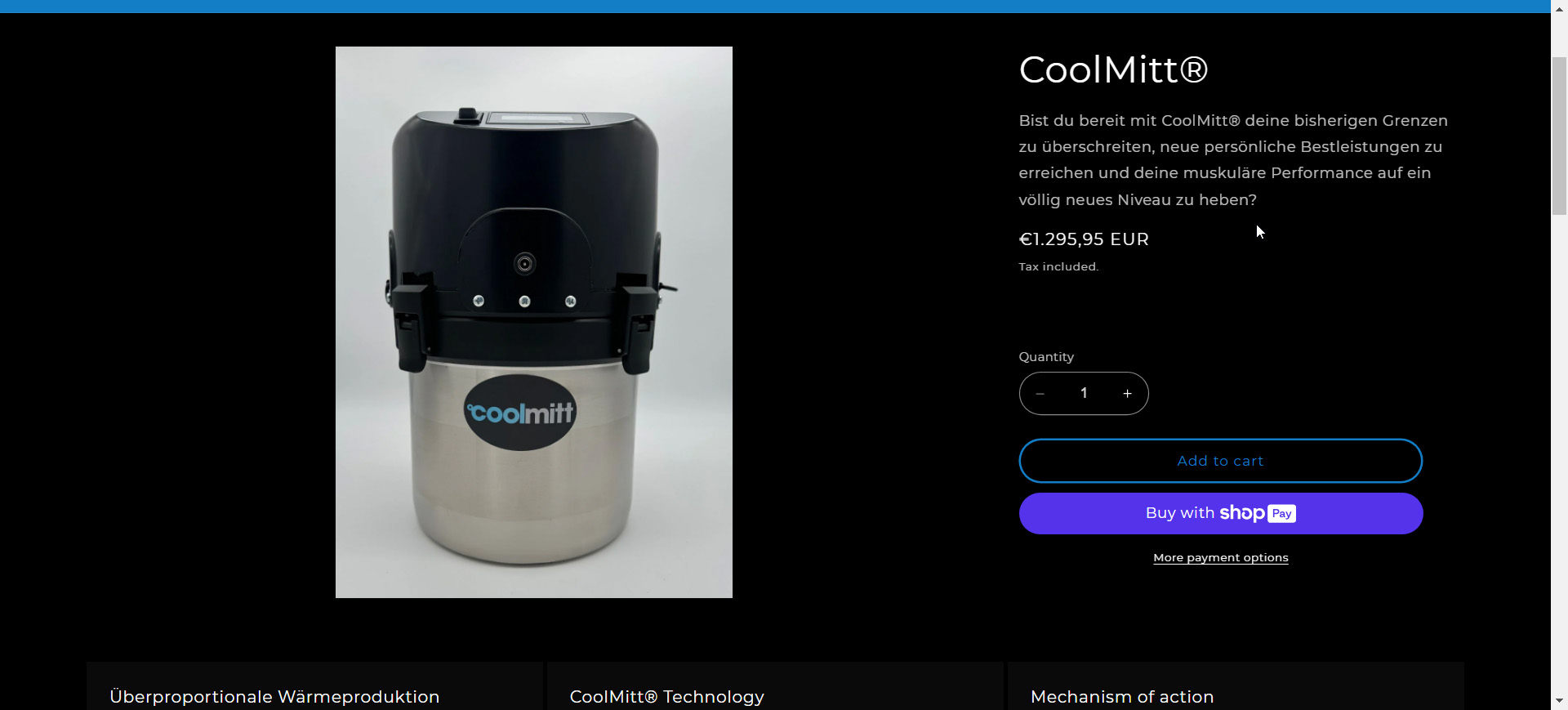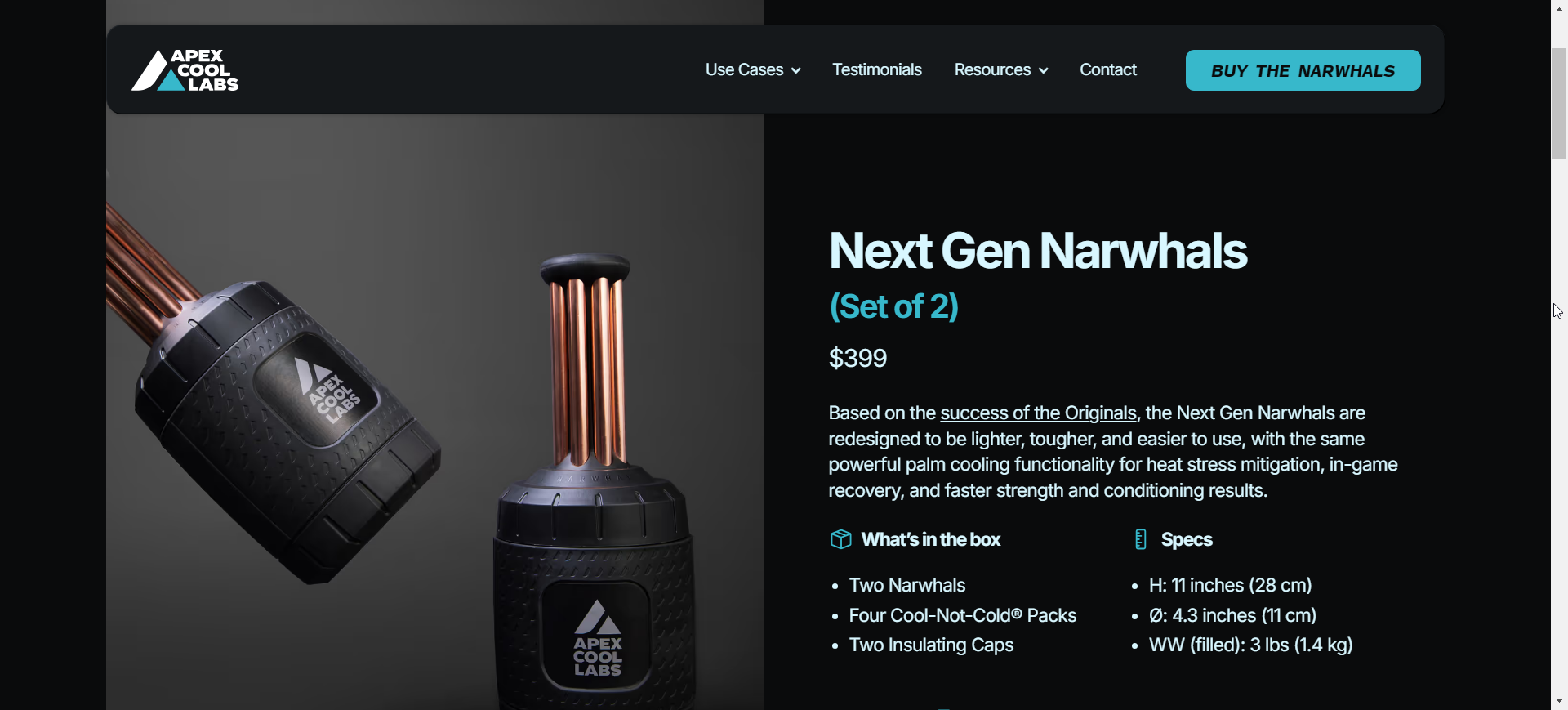In a recent video, fitness influencer Greg Doucette took aim at neuroscientist Andrew Huberman over what he describes as an “insane” claim about the benefits of cold therapy on athletic performance.
The controversy centers on Huberman’s assertion, shared on The Joe Rogan Experience podcast, that cooling the palms of your hands can increase strength and endurance by up to 300% – a claim Doucette vehemently disputes.
Huberman’s Claim
During his appearance on Rogan’s show, Huberman stated:
“You can cool the core of the body simply by holding something of the appropriate cold temperature,”
adding that
“if it’s too cold it’ll constrict the vessels and it just shuts down the system.”
Huberman went on to cite what he called “published peer-review data” involving an experiment with athletes from the San Francisco 49ers. According to Huberman, one athlete who initially performed 40 dips was able to perform “sixfold more dips” after using a cooling device between sets.
“He can just go set after set after set. He’s increasing volume and repetition,”
Huberman claimed on the podcast.
Doucette’s Rebuttal
Doucette, known for his straightforward approach to fitness advice, didn’t hold back in his criticism.
“When you start talking 200 and 300%, what’s wrong with you?”
Doucette said in his video response. “He can quote whatever science that he wants, but science to this extent is bullshit.”
The fitness coach questioned the practicality of these claims, asking viewers if they truly believed someone could go from performing 40 dips to 240 dips simply by cooling their hands between sets.
“Imagine if that were true,”
Doucette remarked sarcastically. “You cool your palms, your hands, you go from doing 40 dips, which is a lot—remember this is an NFL athlete—to 240. You go from being elite to perhaps setting world records.”
The Science in Question
While Doucette acknowledges that cooling the body can have benefits for performance in extreme heat—noting his own use of fans during workouts—he argues that the magnitude of improvement claimed by Huberman defies physiological reality.
Huberman explained the mechanism as follows:
“The reason you hit failure is not because you don’t have the strength to do it… it’s because muscle contraction is dependent on an enzyme called pyruvate kinase… it’s the heating of the actual muscle tissue.”
Doucette counters this oversimplification, arguing that fatigue during exercise is multifactorial and not simply a matter of temperature regulation.
Further – the ‘study’ is likely not even peer reviewed. It comes from a productional bundle for a product called CoolMitt which sells on a website for roughly $1300.


And there’s even a conflict of interest in the middle of it – according to another article , the ‘science’ is based on patents held by Stanford which employes Huberman who starts every episode with a disclaimer that his podcast is separate from his teaching position at Stanford.
The Stanford team had issues bringing a consumer product to market for much of the 2010s, due to both lack of demand for palm-cooling devices and limitations with their designs. But in 2020, former Navy member and ex-basketball player Craig Gile cofounded CoolMitt, a company that licensed the Stanford patents and brought Heller and Grahn in as advisers.

A conflicting research found limited or no benefit from palm cooling.
Truth vs. Exaggeration
Throughout his critique, Doucette acknowledged that Huberman is
“a very intelligent man”
who often provides valuable information. However, he warns that
“every now and then he sprinkles in some nonsense and he fools you.”
The fitness influencer expressed particular concern about the platform these claims received on Joe Rogan’s podcast, which reaches millions of listeners worldwide.
For Doucette, the issue isn’t whether cooling techniques offer any benefit—he agrees they can help in certain contexts—but rather the extreme nature of the performance improvements Huberman described, which he believes crosses the line from scientific fact into unsubstantiated hype.


